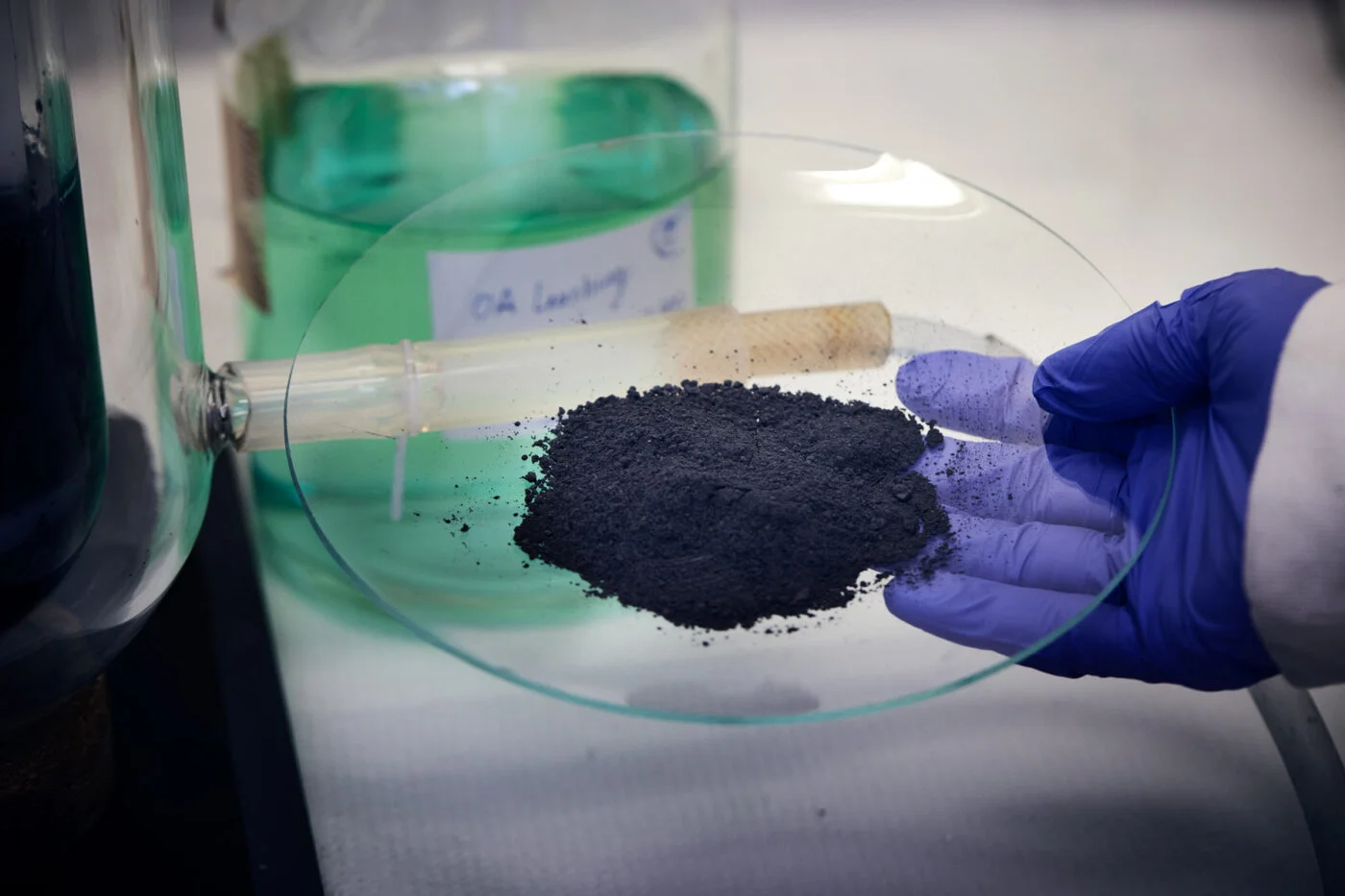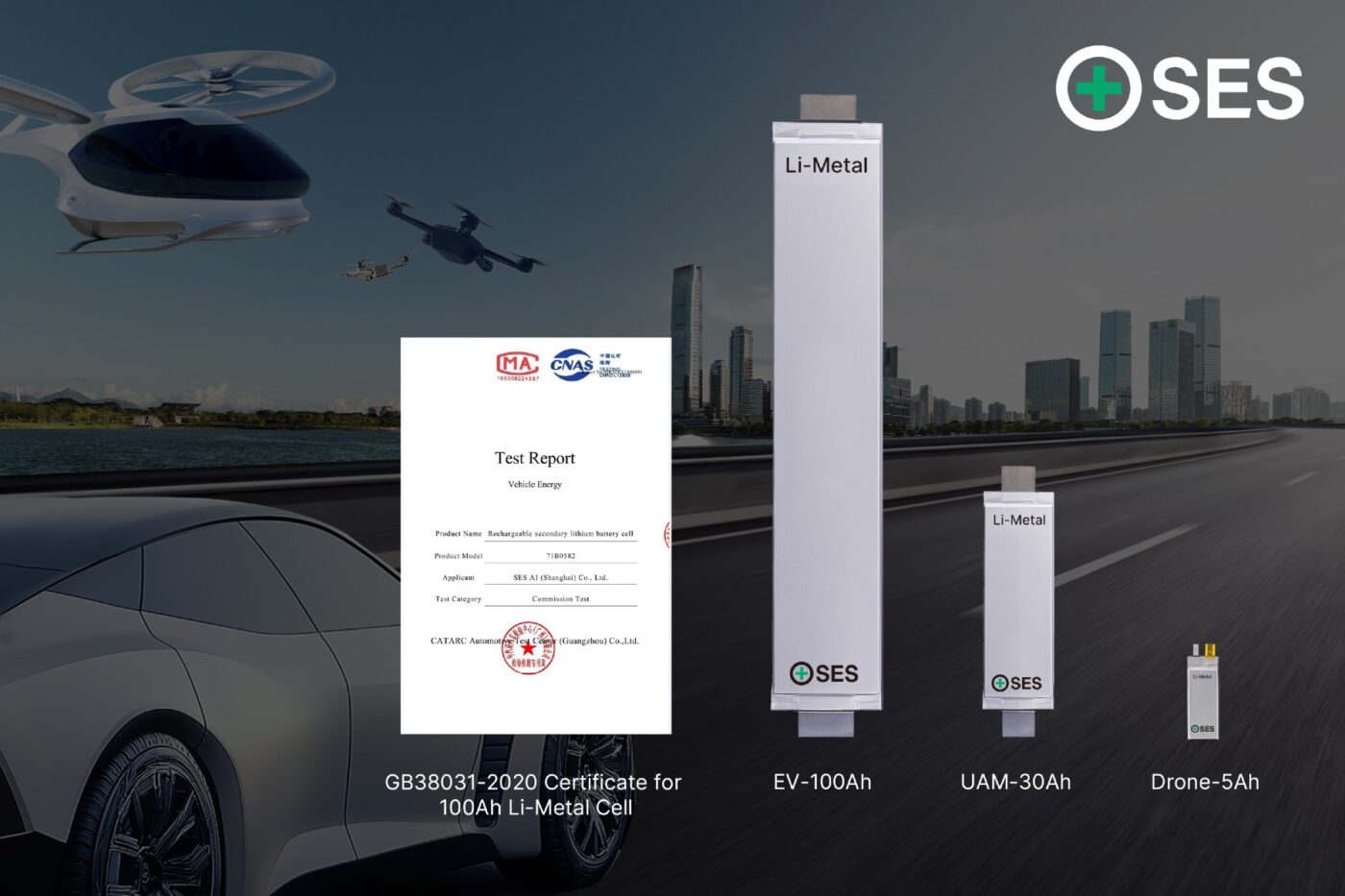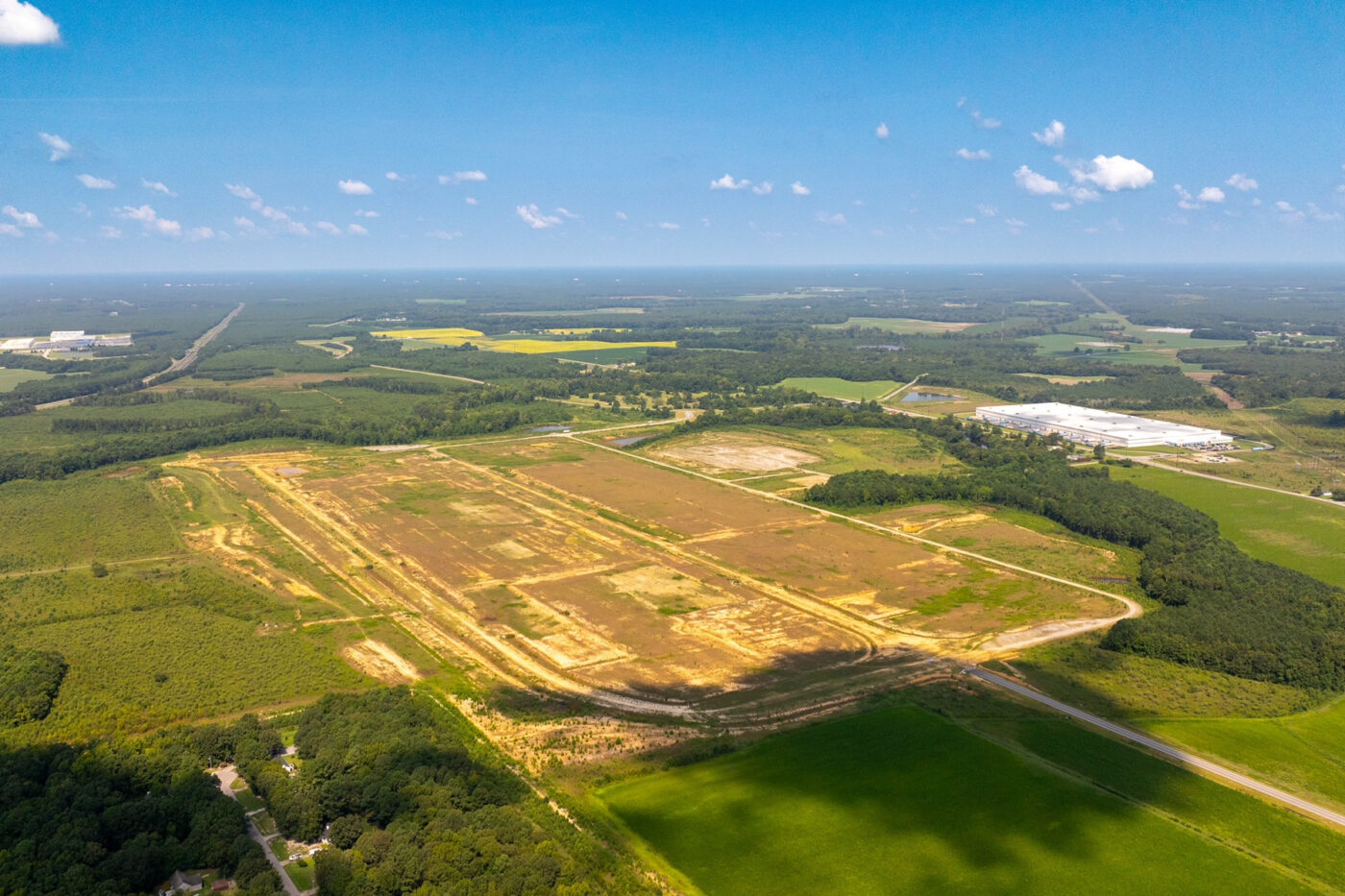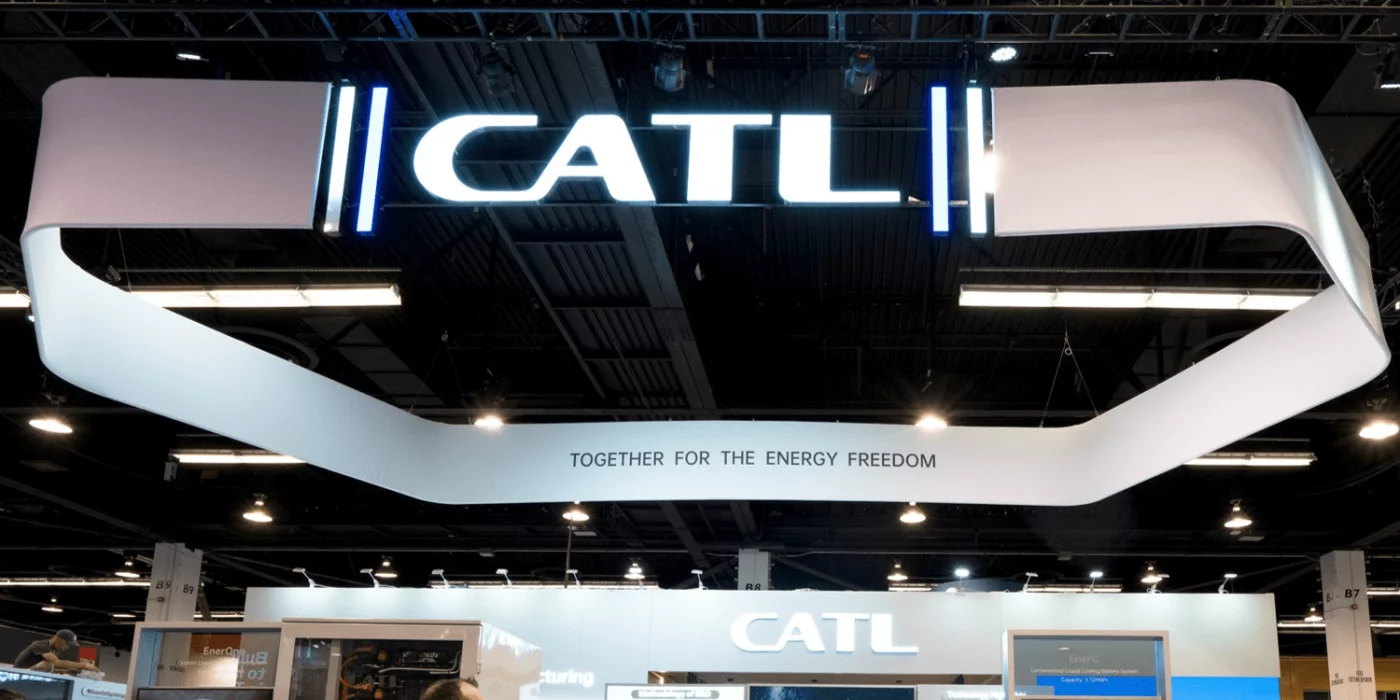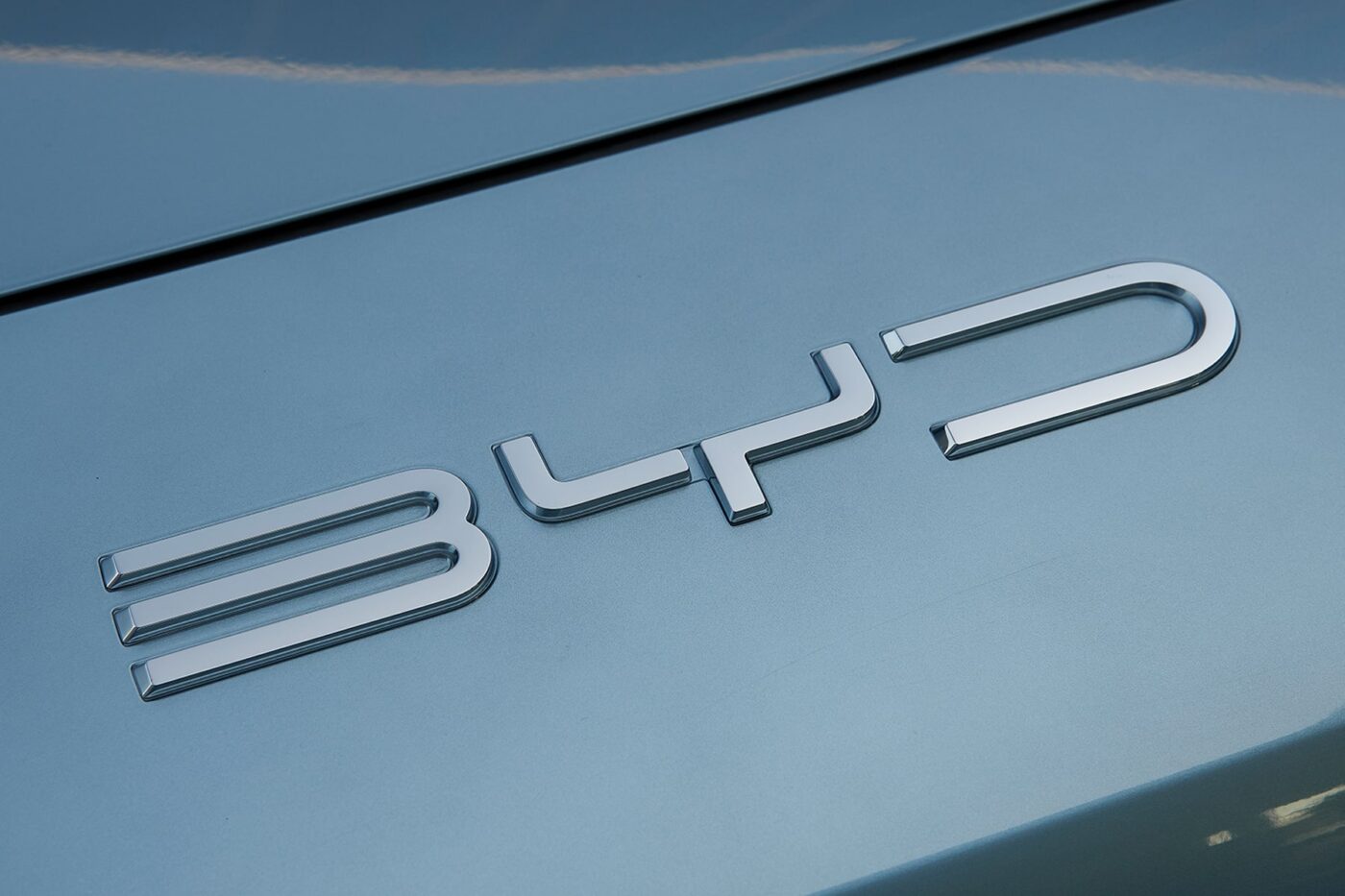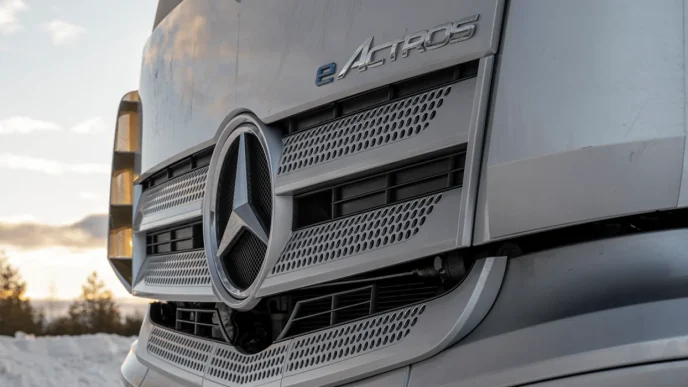The Fraunhofer Institute for Systems and Innovation Research (ISI) has released a comprehensive overview of the current and planned battery recycling capacities in Europe. The study emphasizes the importance of proximity to car and battery manufacturers as a key factor in determining the locations of recycling facilities, while also noting significant growth in recycling capacities across the continent.
The Fraunhofer ISI projects that the recycling of lithium-ion batteries (LIB) will become increasingly crucial in Europe, with numerous expansion projects and new recycling plant announcements observed throughout the region. An interactive map included in the report showcases the expected battery recycling plants and their capacities by the end of 2024, highlighting a high concentration of facilities in Central Europe, along with increasing capacities in Eastern Europe.
The study identified that the main driver for the location of recycling facilities is their proximity to battery material producers, battery cell producers, or car manufacturers. This has led to a concentration of facilities in regions such as central and eastern Germany, Hungary, northern France, and the Scandinavian coast. These projects vary from small pilot initiatives to large-scale plants with planned expansions, such as those by Northvolt and EcoBat.
Fraunhofer ISI categorizes recycling facilities into “spokes” and “hubs,” depending on their recycling depth. “Spokes” primarily handle pre-treatment processes like collecting, discharging, and dismantling batteries, turning them into “black mass,” a mixture of cathode and anode active materials. “Hubs,” on the other hand, further refine this black mass to extract raw materials, with some facilities capable of performing both tasks.
The report estimates that the cumulative capacity of European “hubs” currently stands at 350,000 tonnes per year, surpassing the “spoke” capacities, which are estimated at 300,000 tonnes annually. The study notes that “almost every player in European battery recycling is planning to set up several sites for its recycling activities,” with LIB recycling capacities in “spoke” facilities expected to reach 300,000 tonnes by the end of this year—nearly double the previous year’s capacity. By 2026, European capacities are projected to reach 330,000 tonnes per annum, with further growth expected to almost 370,000 tonnes per annum by 2030.
The study concludes that the construction and expansion of recycling plants for LIB recycling in Europe is developing rapidly, with strong growth in both required capacities and the number of plants expected in the coming years. However, it also highlights the increasing competition from Asian and American companies, which currently provide around 40% of “spoke” capacities in Europe, led by firms like SungEel from South Korea and Ecobat from the USA.
The report states, “The construction and expansion of recycling plants for LIB recycling is currently developing very dynamically, and strong growth in both the required capacities and the number of plants can also be expected in the coming years.”

